Laelia Goehr – passionate photographer who lived in Amersham in the 40s by Alison Bailey and Julia Crockatt
‘Charming . . . a worthy tribute to the miraculous trueness of the species without which the human race would be incomparably gloomier.’
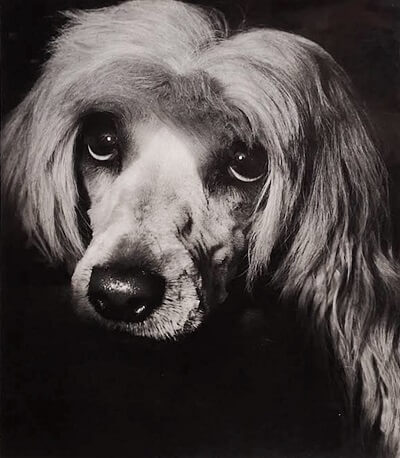
This recent Times review of a book on dogs seems particularly apt today when our pets are providing much needed solace during Lockdown. Faces: Profiles of Dogs by Vita Sackville West was first published in 1961 and republished in 2019. It is illustrated by the black and white photographs of 44 dogs’ faces taken by Russian-born photographer, Laelia (pronounced Leyla) Goehr who lived in Amersham in the 1940s.
The reviewer continued: “Goehr’s photographs, as well as being emotionally intense, are hilarious, of course, because there’s intrinsic hilarity in the way in which dogs take themselves so seriously”. Laelia absolutely loved dogs and one of the models included her family’s cherished pet, Parsley.
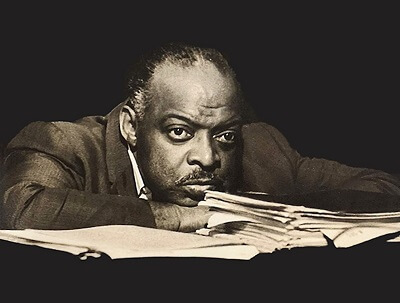
Laelia had a flourishing career in photography and published several more books including Musicians in Camera in 1987 with a foreword by Yehudi Menuhin. She is best known for these portraits of musicians and her subjects included Stravinsky, Jacqueline du Pré, and Count Basie. As a talented musician herself, Laelia’s musical portraits are dynamic and full of action. Perhaps because they combine both her passions. She also worked as a photojournalist for The Picture Post, Lilliput, The Jewish Chronicle and The Observer, declining the offer of a staff job there as she wanted to follow her own interests.
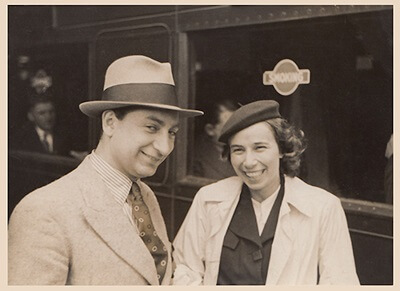
Laelia came to England in the 1930s with her husband Walter Goehr, the composer, conductor and arranger, and their baby son, Peter Alexander, known as Sandy. At the start of WWII, the family moved out to Amersham. They lived briefly in an apartment at Mapledene, North Road, then at 3 Highfield Close, before moving to 17 Batchelors Way. Laelia wanted to contribute to the war effort. Renewing an earlier interest in photography, she became a volunteer for the YMCA Snapshots from Home League. This scheme enabled men and women on active duty to complete a request form asking for photographs of their families and even pets. The forms were distributed to a network of volunteers. The volunteer would, at their own expense, visit the family, take the requested pictures, and send them on to the service personnel. The YMCA assisted with the sourcing of rolls of film, which were scarce and not commercially available.
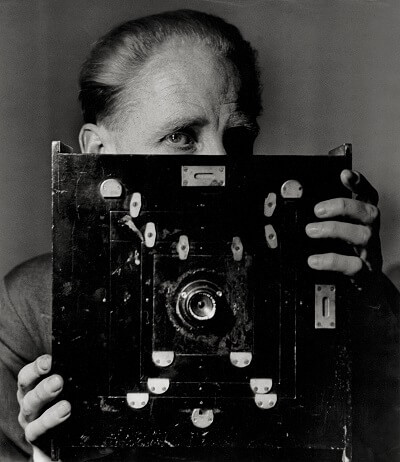
During the war, Laelia met the celebrated photographer, Bill Brandt with whom she took informal lessons before establishing a small studio in Amersham. Bill Brandt taught Laelia the photographers’ creed of patience and was a major influence on her work. A mutual friend was the American artist, and photojournalist, LeeMiller. Laelia’s wide circle of friends and contacts helped establish her career. Laelia’s portrait Bill Brandt with his Kodak Wideangle Camera was exhibited at the V&A in 2016 (and is part of their permanent collection) and in 2020 at the Four Corners Gallery in East London. Their exhibition Another Eye, women refugee photographers in Britain after 1933 is still available online EXHIBITION | ANOTHER EYE.
Laelia’s studio was at Turret House where Alexander attended prep-school, before going on to Berkhamsted. He later studied composition at the Royal Manchester College of Music and, following in his father’s footsteps, had a successful career as a composer and academic.
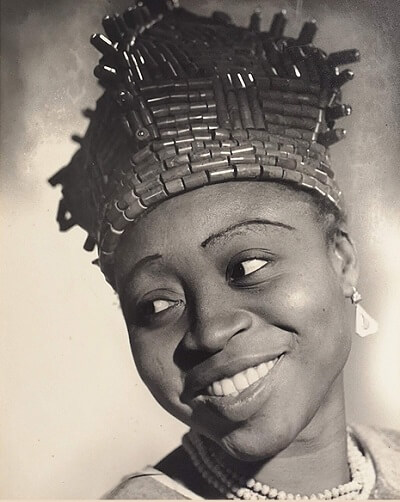
Laelia took a wide range of photographs of people from all walks of life, ranging from photojournalist shots of poor children in the Gorbals to shots of Margot Fonteyn and Rudolph Nureyev at the Royal Ballet. Some of her most striking portraits were, however, taken in Amersham. These include some amazing portraits of West Africans in traditional dress who we understand were business associates of the Kahan and Kirschner families who were timber merchants. Laelia’s close friend was Xenia Kahan, née Kirschner, who was also Russian, and lived at her parent’s house, Whitehaven Clifton Road.
Of course, during the war Amersham had a thriving artistic émigré community and Laelia’s heavily accented English would not have been that unusual. The cultured group of refugees that the Goehrs joined included other artists, like Marie-Louise von Motesiczky and Mary Duras. There were several professional musicians such as the Italian pianist, Francesco Ticciati and the Polish/Austrian composer Allan Gray best known for film scores such as The African Queen and Emil and the Detectives. Laelia’s best friend was Allan’s wife, Lissy, a Belgian countess.
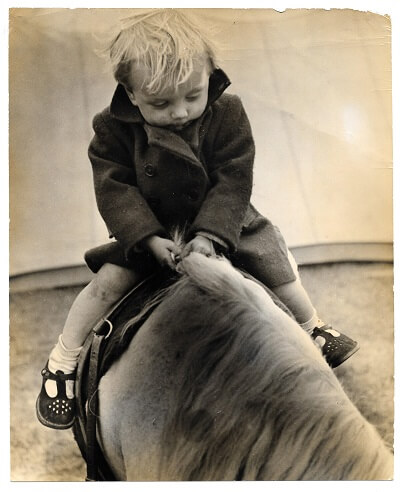
Leo Black, another musician living in Amersham, was a regular visitor to the Goehr house as a child. He later worked with Alexander as a BBC radio music producer when William Glock served as the BBC Controller of Music. In his memoir BBC Music in the Glock Era and After, Leo Black recalled Laelia as follows: “Mrs. (Laelia) was just as striking [as her husband], a blonde lady most vividly remembered for her appearances on the scene with several very lively poodles whose leads would gradually weave around her what one had to call a dog’s-cradle.”
Alan Cohn, who was born in Shardeloes in 1943 and still lives locally, also recalled the Goehrs in his contribution to Vivien and Deborah Samson’s book The Rabbi in the Green Jacket. His mother, Hannah, a German refugee worked as a housekeeper for the family. Laelia took photos of baby Alan playing the piano with his hands and feet and these were published in the centre pages of Picture Post in 1945.
Walter’s father, Julius, survived WWII because his second wife Gertrud, who was not Jewish, managed to keep him hidden in a cellar in Berlin. He died in Amersham in 1949 whilst on holiday visiting his family.
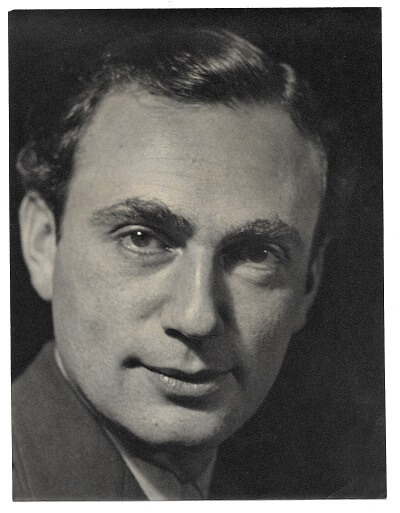
Laelia’s success as a photographer is perhaps surprising when all her early training was in music. Laelia Rivlin was born in Russia in 1908. She showed talent as pianist and attended the conservatoire in Kiev at a young age. As a wealthy Jew, her father fled for his life after the Bolshevik Revolution and Laelia and her mother managed to escape in 1921 to join him in Berlin. At boarding school Laelia met Rosa Goldstein, another gifted pianist and Russian émigré. They also shared a love of American popular music and improvisation, both strictly forbidden to classical music students. As ‘Lil and Peggy Stone’ they established a successful cabaret act, The Stone Sisters, which toured Weimar Germany and throughout Europe.
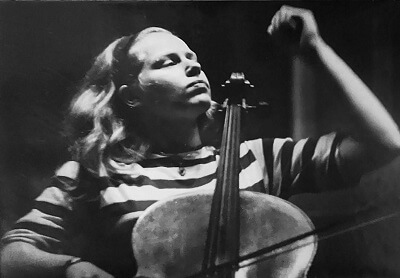
Laelia’s music career ended when she met Walter at a party given by the future Hollywood film director Billy Wilder who was Rosa’s boyfriend at the time. They married in 1931 but the rise of Nazism meant that this was an exceedingly difficult time for the young couple. Walter was employed as composer and conductor at Erwin Piscator theatre company. The theatre closed when Piscator appeared on a Nazi blacklist because he sympathised with the German working class. As a Jew, and now also branded a leftist, Walter could no longer find work. He was sacked from his job as a composer on Berlin Radio on August 10, 1932, the day his son Alexander was born.
In her memoir Peggy (Rosa Goldstein) explained what happened next: “Now the Goehrs had no work and no future. Soon things were so bad for them that they had to borrow money to buy milk for the baby. They decided to take their own lives and one night as they lay in bed thinking about how to do it, the telephone rang: The Gramophone Company in London wanted to employ him as music director and sent money to him at once. With this they were able to buy a car and the next day they packed their bags and drove off”.
After staying with Peggy in Cologne for a week they travelled on to England to start a new life there. The couple initially lived in Wembley before moving to Amersham in 1939. James Grey, the head of The Gramophone Company, who recruited Walter, lived locally and may have persuaded the Goehrs to move here.
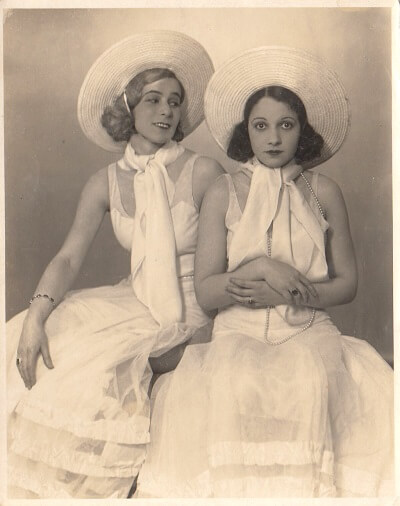
In 1951 Laelia travelled to Israel when Walter was booked to conduct a series of concerts. Laelia used the trip to photograph Israeli politicians and leading intellectuals. She was also given permission to photograph the Yemeni Jewish population who had recently arrived in the country. 80 of these photographs formed the first exhibition at the new Ben Uri Gallery in London in 1952. The Goehrs left Amersham in the 1950s, and after the breakup of their marriage, Laelia settled in Hampstead. She later married Henry Frankowski, an architect and gifted painter.
Julia Crockatt, who shares her grandmother’s love of photography has created a website Laelia Goehr to celebrate Laelia’s work and continue her legacy. Julia’s talk on Laelia Goehr’s life for the Insiders/Outsiders Art Festival can be viewed at Laelia Goehr: Photographer – YouTube.
Sources
Julia Crockatt
Laeliagoehr.com
Alexander Goehr
The Rabbi in the Green Jacket, memories of Jewish Buckinghamshire 1939 -1945, Vivien and Deborah Samson, 2015
BBC Music in the Glock Era and After, Leo Black, 2010
The Times December 11, 2019, article by Ysenda Maxtone Graham
Ancestry.com
Abendkleid and Filzstiefel: Die Jazzpianistin und Diseuse Peggy Stone, Berlin, Avivas, 2010, Regine Beyer translated by Richard Crockatt

